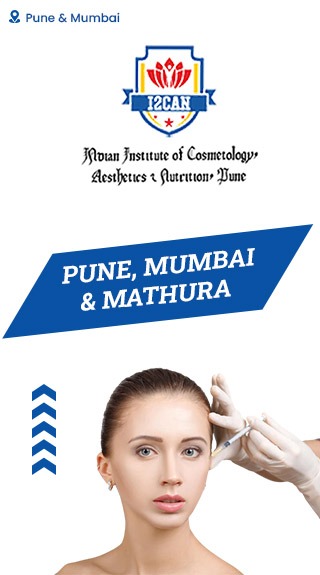Blood Draw: A small amount of blood, usually from your arm, is drawn by the medical professional.
Centrifugation: The drawn blood is then placed in a centrifuge, a machine that spins rapidly to separate the components of the blood. This process isolates the platelet-rich plasma from other blood components.
Preparation: Once separated, the concentrated platelets are collected, resulting in PRP, which is rich in growth factors and other beneficial compounds.
Treatment Application: The PRP is either injected directly into targeted areas, such as the face for cosmetic purposes or into joints for orthopedic purposes, or applied topically during certain skin procedures.
Recovery: After the application or injection, there might be slight redness or swelling at the treatment site. Depending on the specific procedure, there may be specific aftercare instructions provided by the healthcare professional.
PRP therapy is known for its potential in promoting tissue repair, reducing inflammation, and stimulating collagen production. It’s used in various medical fields, including dermatology, orthopedics, and sports medicine, among others, to aid in healing and rejuvenation.


